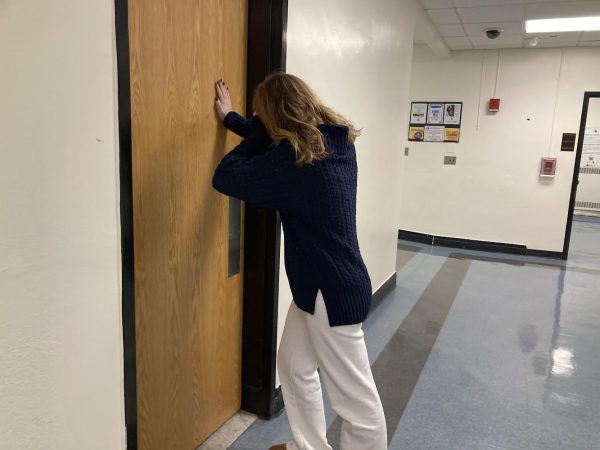Early Action and Early Decision – Are They Worth It?

October 8, 2018
As a high school senior, I find myself commonly barraged by a plethora of terms, deadlines, and requirements which must be met in my college application process. However, I have noticed two phrases that keep reappearing every time I open up my Common Application account: “early action” and “early decision”.
Typically, colleges will have multiple deadlines for application requests throughout the first half of the school year for high school seniors. Regular decision, which is the standard application deadline for colleges, usually takes place at the end of the year. For example, The regular decision deadline for Northeastern University, according to the Common Application, is on January 1 of 2019. However, most colleges have the option of additional deadlines at earlier times, often referred to as early action and early decision. But what exactly are the benefits to applying early? And if so, do they outweigh the cost of allowing yourself less time to fill out your Common Application?
Let’s take a look at the facts, one by one. First, let’s talk about early action. Early action deadlines are generally set around the beginning of November, but can be as early as October 15 at some institutions. This is a good choice if you know your ideal school and are already comfortable with going there. It also suggests to that school that they are your first choice college, and they may be more willing to accept you because of your demonstrated interest. However, be prepared to feel very overloaded with work in the first few months of your senior year. If you know that you plan to apply early action ahead of time, begin working on your application sometime during July. Applying early and getting accepted into your target school makes the rest of the senior year stress free and enjoyable. Application results through early action come sometime around the middle of December. It is still wise to send regular decision applications to other schools as insurance in case of a disappointing result. The strictness regarding early action policies may vary from school to school.
Early decision, meanwhile, does not allow as much freedom as early action. Many colleges have a “binding” early decision policy. Students are contractually bound to attend the college they apply early decision to under this “binding” policy, even if they change their mind and want to go somewhere else. Some colleges do not even allow you to apply at other institutions in early decision deadline applications. And being admitted to just one college means students will only receive a single financial aid package. According to CNBC, early decision applicants “are unable to compare the cost of going to different schools and are unable to leverage offers from other colleges for more funds.” Thus, students who decide to apply early decision should already have a substantial amount of savings or a financial plan of sorts in preparation for a mediocre financial aid package.
Choosing your college application deadlines is essentially a time management decision above all else. Early action and early decision both increase students’ chances of being admitted into college, but between the two, early action comes out on top. It provides the same benefit without the confining, financial risks. However, you shouldn’t feel pressured to apply early; when it comes to college, it is critical to avoid a “one size fits all” mentality.












